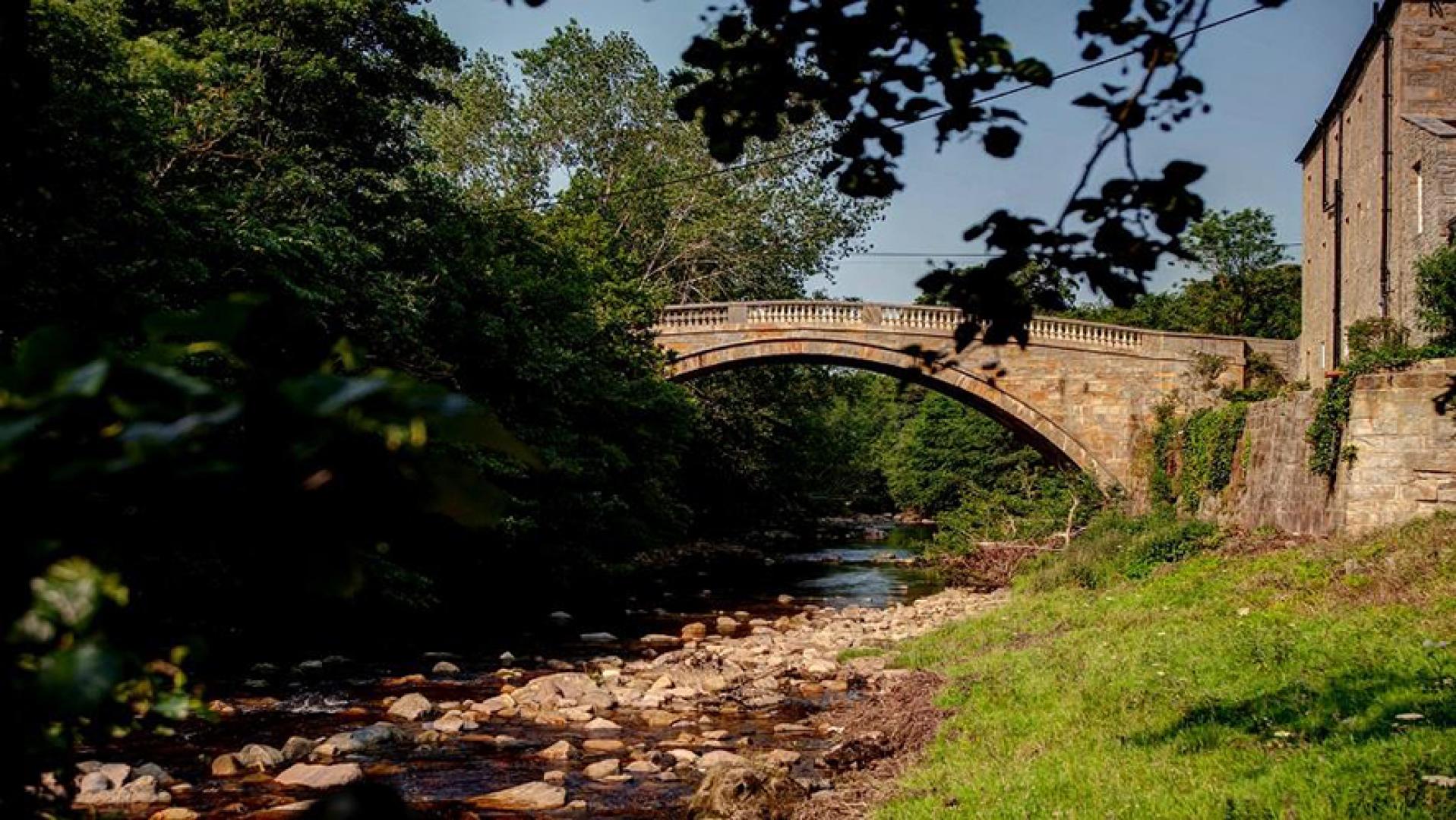OVER the years, I have built up a great affinity with the Greta Valley.
This was fostered in the 1960s and 70s when, as a member of the Darlington and Teesdale Naturalists’ Field Club, I attended many rambles to observe and record the dawn chorus.
They took place during the first two weeks in May when birdsong is at its maximum.
We met in Barnard Castle at midnight and made our way along to Brignall Mill via Cross Lanes.
At daybreak, the party would move off along Brignall Banks to the Meeting of the Waters and from there to Paradise Wood, eventually arriving back in Barney at 11am for the bus home.
Of all the outings, including visits to the Farne Islands, Bass Rock and the Tees estuary, the all-night ramble was greatly anticipated by the younger members (maybe because they did not have to go to bed).
The walk was never boring. On the road to Cross Lanes, curlew, peewit and robins would be heard, while rabbits, hares and hedgehogs were invariably encountered.
On arrival at Brignall Mill at about 2am, we rested in an old building, with permission given by the then occupants, who were notified in advance, so as not to scare them out of their wits as a party of 20 or more arrived at some unearthly hour.
Some of the more mature among us would attempt to snatch 40 winks before daybreak, but the younger ones, all armed with torches, would be looking under stones, finding toads, insects and all manner of things interesting to naturalists, eagerly requesting identification of whatever they found.
At daybreak, the first birdsong would commence, usually a robin, redstart, blackbird or song thrush, followed by rooks and jackdaws.
By the time 5.30am arrived, the woods would filled with a cacophony of noise created by tits, chaffinches, sandpipers, pheasants, wood pigeons and thrushes.
In total, up to 30 species of birds were all claiming their territories or trying to attract a female.
If an event such as this took place in an urban area, the Noise Abatement Society would be protesting vociferously due to the decibel level created by both the birds and the river.
The botanists present had a whale of a time identifying this plant or that flower. The woodlands at this time of year had a carpet of bluebells, campion, forget-me-not and avons along with ramsons, the plant which lives off the pungent smell of onion or garlic and, surprisingly, is a member of the lily family.
During the early morning, the amount of wildlife experienced was phenomenal. Roe deer were often met with stags in their summer finery.
The noise of the river drowned out any noise of the walkers, allowing close approach and both human and deer are startled by the sudden presence of each other.
Dippers bobbed in characteristic fashion on stones and boulders in the middle of the river carrying beakfuls of nesting material to be added to nest concealed in the river bank.
Grey wagtails announced their presence while great spotted woodpeckers flew from tree to tree.
One of my favourites is the pied flycatcher, a migrant and a real gem in his black and white plumage; they only breed in areas of old deciduous woodland and holes in deciduous trees. Nest boxes had been provided throughout Brignall Banks and were readily taken up.
As the dawn chorus started to wind down, a new choral splendour came in the form of those wonderful songsters – the warblers.
They are late risers, but how they announce themselves. Black cap, willow and garden warlber all have voices that to a naturalist herald the approaching summer.
I found all this wonderful birdsong, among a world of trees and woodland flora and fauna, intoxicating.
At the time of these rambles, everybody present was genuinely excited at being able to experience nature in the buff. These all night rambles will be forever printed on my mind.
Dave Moore is a wildlife enthusiast from Hutton Magna
ADVERTISEMENT
Nature Notes: We were genuinely excited by seeing nature in the buff
ADVERTISEMENT
ADVERTISEMENT
ADVERTISEMENT






